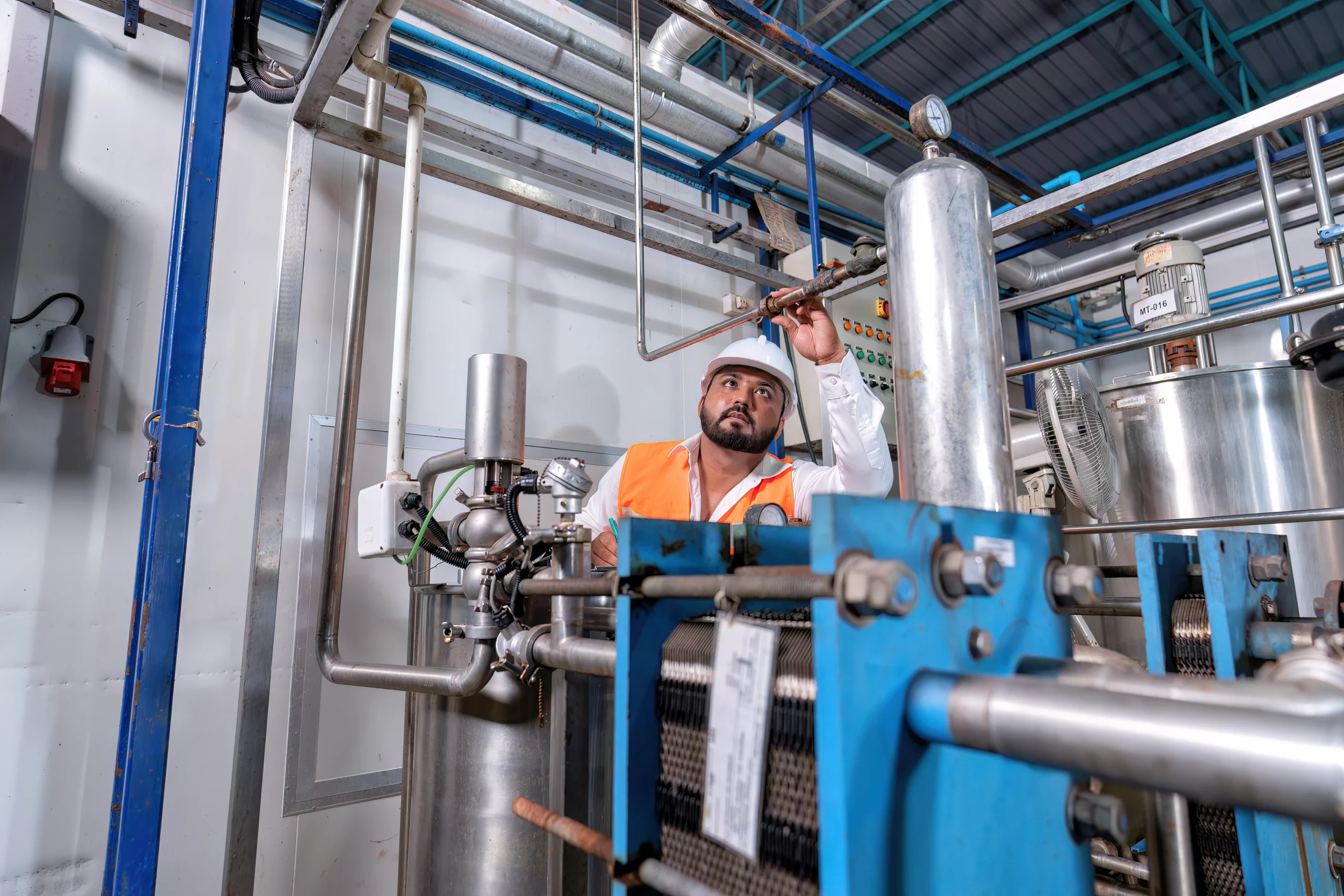Heat exchangers are crucial components in various industries, from manufacturing to HVAC systems. They efficiently transfer heat between two fluids. However, heat loss can occur in these devices, reducing their overall efficiency. Understanding the common causes of heat loss in heat exchangers can help you optimize their performance and minimize energy consumption.
Common Causes of Heat Loss
Fouling and Scaling:
- Fouling: The accumulation of deposits on the heat transfer surfaces can significantly reduce heat transfer efficiency. These deposits can come from various sources, including suspended solids, minerals, and biological matter.
- Scaling: The formation of mineral deposits, often calcium or magnesium carbonate, can create a barrier to heat transfer. This is particularly common in applications involving hard water.
Corrosion:
- Material Selection: Using inappropriate materials for the heat exchanger can lead to corrosion, which can degrade the heat transfer surfaces and cause leaks.
- Fluid Chemistry: Corrosive fluids can accelerate the deterioration of the heat exchanger, resulting in reduced efficiency.
Air Pockets and Gas Entrapment:
- Incomplete Venting: If the heat exchanger is not properly vented, air pockets can form, reducing the contact area between the fluids and the heat transfer surfaces.
- Gas Evolution: Some fluids can release gases during the heat transfer process, which can also create air pockets and hinder efficiency.
Improper Design or Installation:
- Insufficient Surface Area: A heat exchanger with inadequate surface area may not be able to transfer the required amount of heat.
- Incorrect Fluid Flow: If the fluids are not flowing through the heat exchanger in the correct direction or at the appropriate velocity, heat transfer can be compromised.
Thermal Expansion and Contraction:
- Material Mismatch: Different materials in the heat exchanger can expand and contract at different rates, leading to stresses and potential leaks.
Minimizing Heat Loss in Plate Heat Exchangers
- Regular Cleaning and Maintenance: Implement a scheduled cleaning program to remove fouling and scaling.
- Material Selection: Choose materials that are resistant to corrosion in the specific application.
- Proper Venting and Degassing: Ensure that air pockets and gases are removed from the heat exchanger.
- Design Optimization: Work with a reputable plate heat exchanger supplier to ensure that the heat exchanger is designed for optimal performance.
- Fluid Treatment: Consider treating the fluids to prevent fouling and scaling.
By addressing these common causes of heat loss, you can significantly improve the efficiency and longevity of your heat exchangers. If you’re looking for a reliable plate heat exchanger supplier or brazed heat exchanger provider, consider Thermac Engineering. We specialize in providing high-quality heat exchangers tailored to your specific needs.
